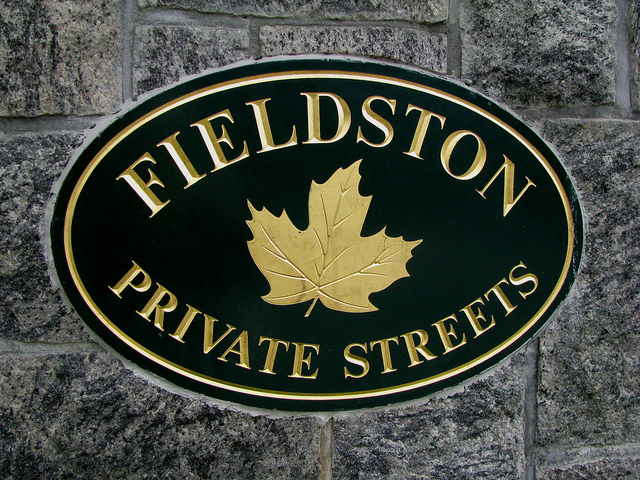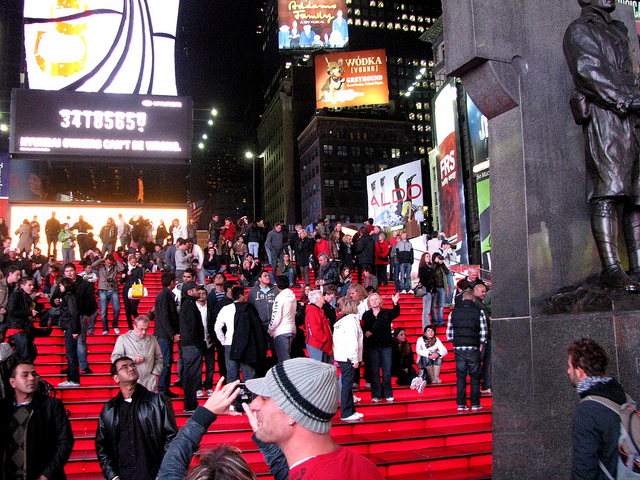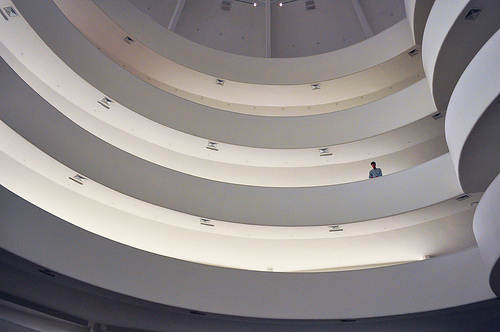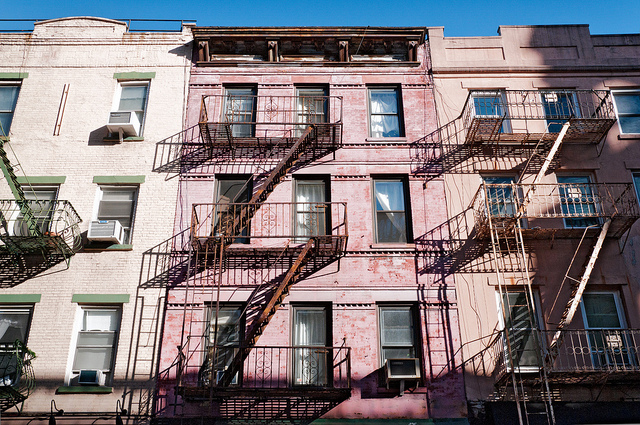My first full day in New York City, October 16, 2010, started with bright sunshine and punctually at 10 am I met my local New York City expert, Ed Botwin, in the lobby of my hotel. Ed is a volunteer with the Big Apple Greeter Organization, an organization that welcomes out-of-town visitors and puts them together with local volunteers who show them around all the neat spots in their city.
The Bronx, one of New York City’s five boroughs, has had a fearsome reputation over many years, and I wanted to explore this (in)famous neighbourhood first-hand, with the help of a local expert. The first settlement here was created in 1639 by a Dutch settler named Jonas Bronck, who gave the area its name. Many Irish, German, Jewish and Italian immigrations settled here from the 1850s to the 1950s while African Americans and Hispanic immigrants from Puerto Rico and the Dominican Republic moved into the area after 1945. The borough experienced major urban decay in the late 1960s and early 1970s and acquired a reputation for being one of the most dangerous, crime-ridden parts of the city. I wanted to get a first-hand feel for this legendary part of the city.
My guided walking tour with a volunteer from the Big Apple Greeter program was going to give me an insider’s look at this part of the city. Ed and I set off to explore the Bronx today, and to do so we went on a long subway ride straight north until we had to switch to a bus to finally arrive at the upscale Fieldston neighbourhood. Interestingly, Fieldston’s streets and common areas are completely owned by the local taxpayers who pay for road maintenance and repair as well as care for the local trees, in addition to paying regular New York City property taxes. Once a year, the neighbourhood closes its streets to non-residents to maintain its private ownership of the common areas. Our long walk took us on leafy winding streets past Manhattan College to Van Cortlandt Park with its 18th century mansion, the Bronx’s oldest building.

Our next stop was in the Belmont neighbourhood, home to New York City’s largest Italian-American community, also referred to as the Bronx’s “Little Italy”. Arthur Avenue is a thriving street full of restaurants, boutiques and all sorts of shops. We popped into the historic Arthur Avenue Retail Market for an authentic Italian shopping experience and a delicious deli lunch.
The Arthur Avenue Retail Market is one of the neighbourhood’s most beloved institutions and its merchants include several butchers, pasta makers, port stores, gourmet delis, two fish markets, several coffee shops and nine restaurants. We enjoyed a tasty Italian sandwich and admired the fresh merchandise on sale. Then we strolled further south past Italian, Albanian and Mexican stores as well as the imposing Our Lady of Mount Carmel Church. This church was constructed of masonry brick and opened in 1912. It is mostly dedicated to an Italian congregation.
Back on the bus we passed by poet Edgar Allen Poe’s cottage and finally landed in the South Bronx, an area that was ravaged by urban decay in the 1960 and 1970s. Today, after about 20 years of revitalization, the area seems rather safe and respectable. “The Hub”, a popular retail area where four major roads converge, was teeming with people going about their business. At least the parts that I had seen of the Bronx were very lively and respectable. Thanks to my expert local greeter Ed Botwin, I came away with a much better understanding of this fascinating part of New York City.

By 4 pm I was back at my hotel and finally connected with my friend Linda whose arrival in town I had really been eagerly anticipating. After getting settled in, we were ready to set off on our explorations and headed to the southwestern part of Manhattan to see one of the city’s most recent attractions: the High Line, a former elevated railroad that has been rescued from demolition and converted into an urban park.
Built to replace a former street-level railway, the High Line opened in 1934 and carried freight until 1980. It was primarily built to eliminate the huge number of traffic accidents that were taking place on 10th Avenue due to existence of 105 street-level railroad crossings. Until the High Line came into being, this roadway had been referred to as “Death Avenue”, given the large number of collisions between freight trains and other vehicles. The rail line connected directly with warehouses and factories, and trains were able to stop at different industrial buildings so products such as meat, produce, milk and various manufactured goods could be loaded and unloaded from elevated platforms.
After its closure, the rail line started to fall into disrepair. When there was talk of demolishing the railway, a group of local activists was formed in 1999 to save the railroad. Finally in June of 2009, the southernmost part of the railway opened as a public park. The elevated railway offers fantastic views of the Hudson River and of lower Manhattan and has incorporated many planters that features indigenous plants and grasses, sitting areas and cultural installations. Judging by the large crowds that were enjoying a walk on this elevated historic railway / urban park, the project is a huge success and the public loves the High Line.

As the sun started to set we walked south on Greenwich Street to the tip of Manhattan from where we took the Staten Island Ferry to get an excellent view of Manhattan’s skyline. Amazingly, the Staten Island Ferry is free of charge and provides one of the best views of the Statue of Liberty. Originally opened in 1905, the ferry operates 365 days of the year and carries more than 21 million passengers. It took us about 25 minutes to get across to Staten Island and we stayed right on the ferry to get back to Manhattan, enjoying the brilliant lights of the skyscrapers in the business district on our journey back.
Back on land we walked up the east side of Manhattan and checked out the South Street Seaport, a historic port area that has been converted into a major restaurant and entertainment district. This designated historic district experienced its glory days during the early to mid 1800s and features some of the oldest buildings in downtown Manhattan. It is also home to several historic ships built in the late 19th and early 20th century that can be visited in the South Street Seaport Museum. The night-time view from the riverfront of the Brooklyn Bridge was absolutely stunning.
After a quick subway ride, we ended up near Times Square again where we were duly impressed by the guitar playing skills of the “Naked Cowboy”. Thoroughly entertained, we enjoyed a nice dinner at a restaurant called Brazil and fell into our beds exhausted after many hours of walking and sightseeing.





